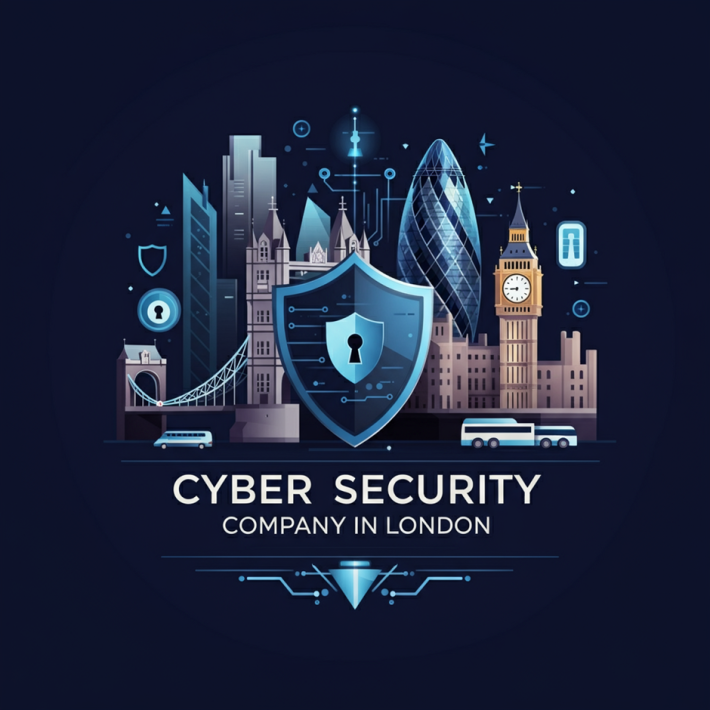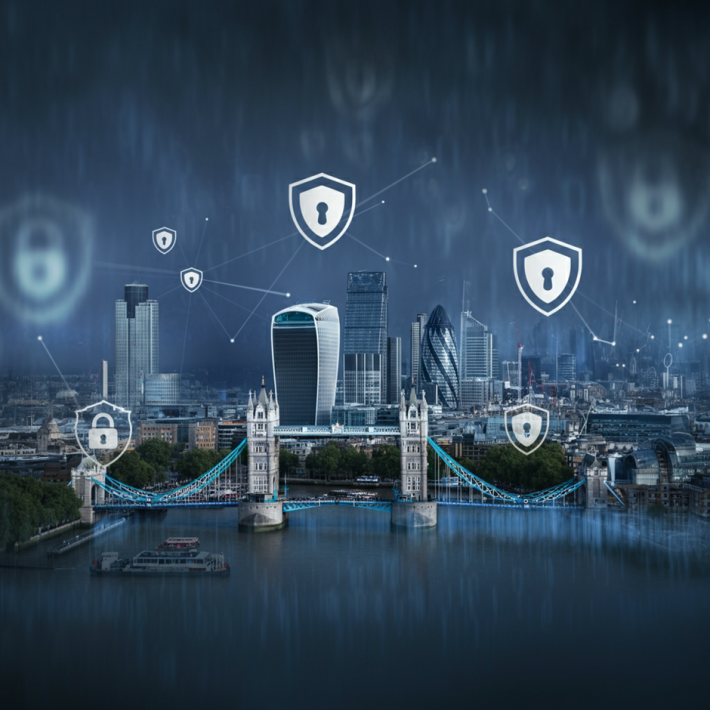Top 10 Cybersecurity Threats Employees Must Know in 2025

In 2025, the digital threat landscape is more complex than ever. With the rise of AI, hybrid work models, and IoT devices, cybercriminals are finding new ways to exploit vulnerabilities. Whether you’re working from New York, Dubai, or remotely across borders, cybersecurity is no longer just the IT department’s job. Every employee plays a role in protecting company and personal data.
1. AI-Powered Phishing Attacks
What it is: AI-generated phishing emails that closely mimic real conversations and branding.
Example: In early 2025, US-based employees at a tech startup received AI-crafted emails from “HR” asking to confirm payroll details. The emails looked convincing with tone, signature, and internal language perfectly matched. The result: stolen credentials.
Why it matters: These messages are nearly impossible to detect without careful inspection.
Tip: Double-check email addresses and URLs. Always verify requests for payment or passwords through secure internal channels.
2. Deepfake Voice & Video Fraud
What it is: AI-generated voice or video calls that impersonate executives or colleagues.
Example: A finance manager in Dubai approved a $35,000 transfer after receiving a video call from what seemed to be their CEO. It turned out to be a deepfake.
Tip: Use secure verification methods or pre-agreed code phrases before approving transactions.
3. Ransomware-as-a-Service (RaaS)
What it is: Ransomware kits sold online that allow even non-experts to launch attacks.
Example: A Texas marketing agency’s files were encrypted after an intern opened a malicious PDF deployed using a $50 RaaS kit.
Tip: Regularly back up important files and avoid clicking unknown attachments or links.
4. Insider Threats (Intentional or Accidental)
What it is: Employees current or former who leak sensitive data intentionally or by mistake.
Example: In Abu Dhabi, a disgruntled former employee stole and tried to sell confidential patient data after leaving a healthcare company.
Tip: Use role-based access and approval workflows for downloading or exporting sensitive information.
5. IoT Device Exploits
What it is: Hackers use smart office devices to infiltrate networks.
Example: A Dubai coworking space’s CCTV system was compromised, granting attackers Wi-Fi access and client data.
Tip: Never connect personal IoT devices to corporate networks. Use segmented networks for smart devices.
6. Business Email Compromise (BEC)
What it is: Attackers impersonate company leaders or vendors to manipulate employees into sending money or information.
Example: A US construction firm lost over $100,000 due to a fake vendor invoice sent via email.
Tip: Confirm payment or account changes over a phone call before processing.
7. Social Engineering via LinkedIn & WhatsApp
What it is: Fake recruiters or customer service agents trick users into sharing data or downloading malicious files.
Example: A cybersecurity engineer in California was sent a malicious “job application form” on LinkedIn. In the UAE, WhatsApp users were scammed by fake Etisalat representatives offering discounts.
Tip: Always verify new contacts and never open attachments from unverified sources.
8. Mobile Device Attacks
What it is: Exploiting vulnerabilities in mobile apps, especially with the rise of BYOD (Bring Your Own Device).
Example: A Sharjah government worker’s phone was infected after scanning a malicious QR code at a café. Sensitive data was stolen.
Tip: Avoid public Wi-Fi, install antivirus apps, and keep your device updated.
9. Credential Stuffing
What it is: Reusing login credentials across sites allows hackers to gain access after a breach elsewhere.
Example: A U.S. HR manager reused the same password across accounts. Once one was hacked, attackers accessed the company’s HR portal.
Tip: Use a password manager and enable two-factor authentication (2FA) on all platforms.
10. Cloud Misconfigurations
What it is: Incorrect settings on cloud platforms that make sensitive data public.
Example: A fintech firm in the UAE accidentally leaked customer data due to an unsecured AWS bucket.
Tip: Provide basic cloud security training to all employees and enforce access control measures.
Cybersecurity is Everyone’s Responsibility
The days of leaving cybersecurity to the IT team are over. In 2025, every employee must take charge of their digital actions. One click or download can open the door to an attack, no matter where you’re working from.
What Every Employee Should Do:
- Participate in regular cybersecurity training
- Think before you click
- Use strong, unique passwords
- Enable multi-factor authentication (MFA)
- Report suspicious emails or activity immediately
The weakest link in cybersecurity is often human error. But with awareness, training, and vigilance, that weakness can become your company’s strongest line of defense.
Follow Us for Cybersecurity Tips
Stay updated on phishing trends and prevention tips:




